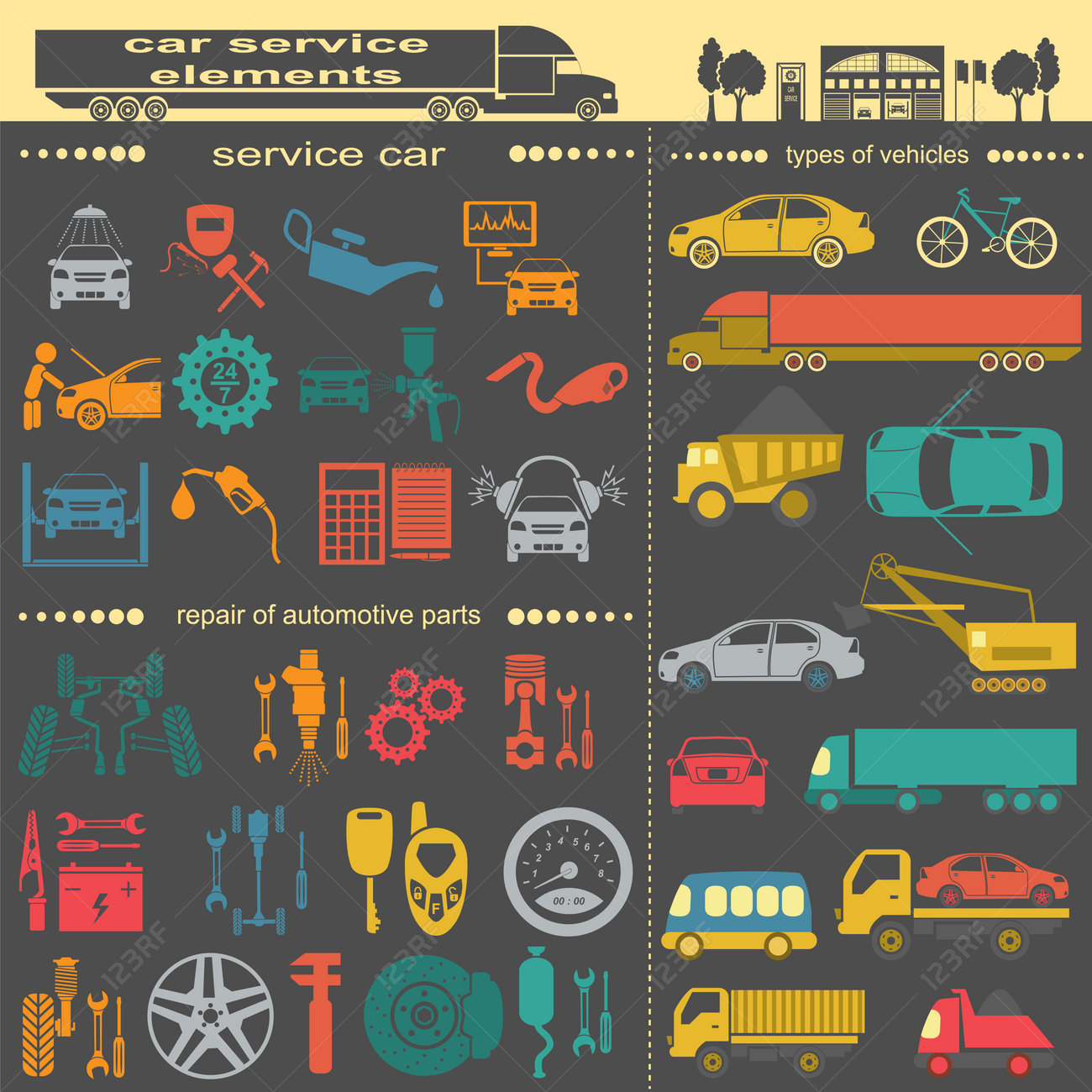Examining Your Vehicle'S Warning Indicators: What They Actually Communicate
Examining Your Vehicle'S Warning Indicators: What They Actually Communicate
Blog Article
Web Content Author-Termansen Forbes
When you're behind the wheel, those beautiful warning lights on your dashboard can be a little bit complicated. Do you recognize what they're attempting to inform you regarding your automobile's health? Understanding the importance of these lights is vital for your security and the durability of your vehicle. So, the following time one of those lights pops up, wouldn't you intend to analyze its message precisely and take the required steps to address it?
Common Caution Lighting and Interpretations
Recognize usual warning lights in your car and recognize their meanings to guarantee safe driving.
One of the most regular warning lights include the check engine light, which signifies concerns with the engine or discharges system. If this light begins, it's important to have your vehicle checked without delay.
The oil stress advising light suggests reduced oil pressure, calling for instant focus to stop engine damage.
A blinking battery light could suggest a faulty charging system, possibly leaving you stranded if not addressed.
The tire pressure surveillance system (TPMS) light alerts you to reduced tire stress, impacting automobile stability and gas efficiency. Disregarding this might result in unsafe driving problems.
The ABS light shows an issue with the anti-lock braking system, compromising your ability to quit swiftly in emergencies.
Last but not least, the coolant temperature advising light warns of engine getting too hot, which can result in serious damages if not solved quickly.
Understanding these usual warning lights will aid you resolve concerns without delay and preserve secure driving problems.
Relevance of Prompt Focus
Recognizing the usual caution lights in your cars and truck is just the primary step; the relevance of quickly dealing with these cautions can't be highlighted enough to ensure your security on the road.
When a warning light illuminates on your dashboard, it's your car's way of interacting a potential problem that needs focus. Overlooking these warnings can lead to more serious troubles later on, jeopardizing your safety and potentially costing you more out of commission.
Prompt attention to alerting lights can stop break downs and crashes. For https://oilchangeplacesnearme84838.develop-blog.com/38825356/eco-friendly-automobile-detailing-products-you-must-try , a blinking check engine light can show a misfire that, if left neglected, might trigger damage to the catalytic converter. Resolving this immediately can save you from a pricey repair work.
Similarly, car detailing shops alerting light could signal low brake fluid or used brake pads, critical parts for your security when driving.
DIY Troubleshooting Tips
If you notice a caution light on your control panel, there are a few DIY troubleshooting tips you can try prior to seeking professional help.
https://www.aftermarketnews.com/sun-auto-tire-service-acquires-coopers-auto-repair-specialists/ is to consult your vehicle's manual to understand what the particular caution light suggests. Often the issue can be as straightforward as a loose gas cap triggering the check engine light. Tightening the gas cap may resolve the problem.
One more common concern is a reduced battery, which can set off numerous cautioning lights. Inspecting auto paint detailing for corrosion and ensuring they're safe may take care of the issue.
If a warning light persists, you can attempt resetting it by separating the automobile's battery for a couple of minutes and then reconnecting it. In addition, inspecting your lorry's fluid degrees, such as oil, coolant, and brake liquid, can aid fix advising lights connected to these systems.
Verdict
In conclusion, recognizing your automobile's caution lights is essential for maintaining your lorry running efficiently and securely. By quickly addressing these alerts and recognizing what they suggest, you can stay clear of pricey repair work and potential failures.
Bear in mind to consult your auto's handbook for specific information on each alerting light and do something about it as necessary to guarantee a trouble-free driving experience.
Remain educated, stay safe on the road!
